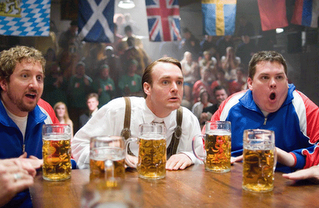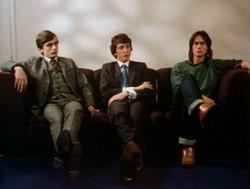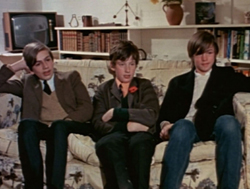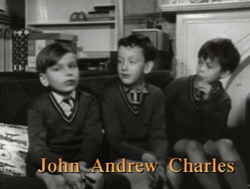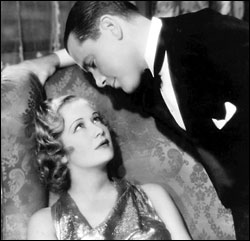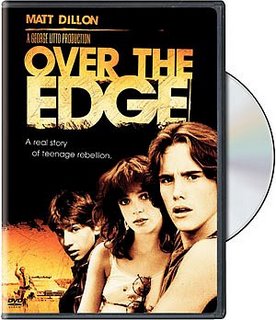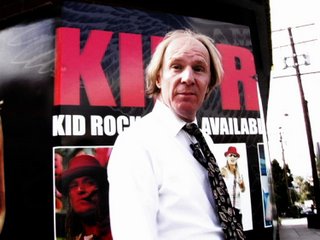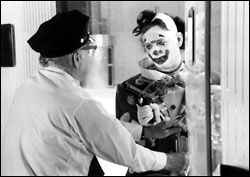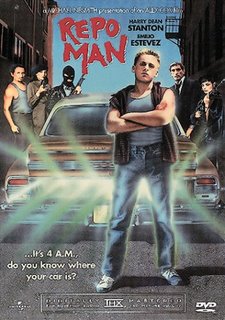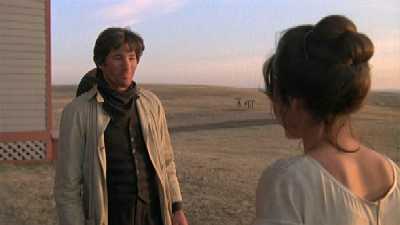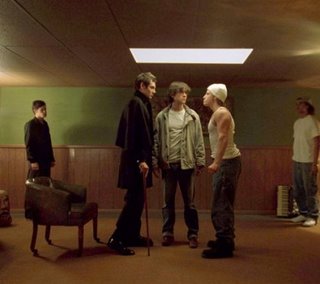
There are plenty of things that I think I know all about, but often when I go back and study them I realize how much I had missed. “Fast Times at Ridgemont High” is one of those movies that we’ve all seen a million times, but I realized the other night that I had never actually sat down to watch it from beginning to end. So I did, and wow! I’ve always liked the movie, but I never appreciated what an insightful look into teenage life it is.
For the five people in the free world who haven’t seen it, “Fast Times” is an ensemble movie that follows the stories of several high school kids. Brad Hamilton (Judge Reinhold) starts his senior year on top of the world, with a job, a car, and a girlfriend. He is a self-described “successful, single man,” but then he loses his job and his girl, and winds up spending the year bouncing from one crappy fast-food job to another. Mark ‘Rat’ Ratner (Brian Backer) is too shy to put the moves on his dream girl, Stacy Hamilton (Jennifer Jason Leigh). The guy is so awkward that he is hard to watch, probably because I can remember being that way myself. Meanwhile, his friend Damone (Robert Romanus) is too smooth (sort of) for his own good. Damone is hilarious with his swagger, his Brooklyn accent, and his bogus romantic advice: “When it comes to the making-out part, make sure the first side of Led Zeppelin IV is playing.” On the female side, Stacy (Rat’s dream girl) explores her newly discovered sexuality, heavily influenced by her friend Linda (Phoebe Cates), who is 15 going on 30 and pretends to know a lot more about sex than she does.
And then there’s Jeff Spicoli. What can I say about Spicoli that hasn’t already been said? Sean Penn inhabited this role completely, staying in character throughout filming. He created the prototypical surfer dude. Every stoner-surfer-California-goofball character since 1982 owes a debt to Spicoli. Having said that, fairness demands that we give credit where credit is due. The Spicoli arc in “Fast Times” would not be nearly as memorable were it not for the genius of Ray Walston as Mr. Hand. Serious, no-nonsense Mr. Hand is the perfect foil for happy-go-lucky Spicoli. In one great example of their dynamic, Spicoli has pizza delivered to himself in the middle of Mr. Hand’s class. Hand counters by commandeering the pizza and sharing it with the other students, even enjoying a slice himself.
As entertaining as he is, Spicoli is an outlier in this film, providing comic relief. His essence is a refusal to grow up. The main theme running through all the other character’s arcs is that they are growing up too fast. They are dealing with sex and its consequences, relationships, and careers on a level that is too old for them. That’s why “Fast Times” has aged so well; kids today are dealing with all the same stuff. “Fast Times” is far from a perfect movie, but I have come to appreciate its honest portrayal of high school kids. The characters are not idealized innocents or cynical sophisticates. With their bumbling horniness, delusions of grandeur, and lapses of conscience, the kids of Ridgemont High are very real.
Even if “Fast Times” were otherwise completely horrible, it would still be worth watching if only for one scene. Fellas, I think you know what I’m talking about. I’m not normally a believer in so-called “Intelligent Design,” but when Phoebe Cates climbs out of that pool, I know there’s a God! I don’t think water has dripped off a tastier water nymph before or since. (Well, maybe Denise Richards in “Wild Things.”)
Besides its actual content, “Fast Times” is famous for a couple of things. First is how the story came about. As the legend goes, Cameron Crowe posed as a high school student to research his story, which started as the novel “Fast Times at Ridgemont High.” He was then asked to adapt his novel into the screenplay for the film. All the characters are based on people he actually got to know in his classes. The film is also now seen as the starting point of a lot of great acting careers, much like the film “The Outsiders.” When director Amy Heckerling cast them, Judge Reinhold, Jennifer Jason Leigh, Phoebe Cates, Forest Whitaker (the school football star), Eric Stoltz (in a bit part), and Nicolas Cage (in a bit part, credited as Nicolas Coppola) were unknowns. Even Sean Penn was at the beginning of his career.
I think that the first couple of times I watched “Fast Times” I was a little put off by the tone. I recently read Roger Ebert’s old review of the film, and he hated it. I think he ran into the same problem I did. On the surface this film seems like it is going to be a straight-up comedy, maybe a teenage sex-romp. While much of it, especially the Spicoli scenes, is simply funny, many scenes blend humor with serious situations. Some of the scenes between Rat and Stacy are funny, but employ awkward silences which, as in the British TV show “The Office,” take a little getting used to. Others are just plain serious, as when Stacy has her second sexual encounter and is left, naked and vulnerable, by her embarrassed lover. It’s best to go into this movie expecting some serious content; otherwise those scenes can seem jarring.
Some consider “Fast Times” to be an “American Graffiti” for the ‘80’s. I’m not sure this is quite right, but I do think that “Fast Times” is built to last. Already the movie is almost 25 years old, and as timely as ever. If you haven’t seen it in a while, I suggest you watch it on DVD. Then watch the insightful and revealing commentary track with Cameron Crowe and Amy Heckerling.
4.5 stars out of 5.
